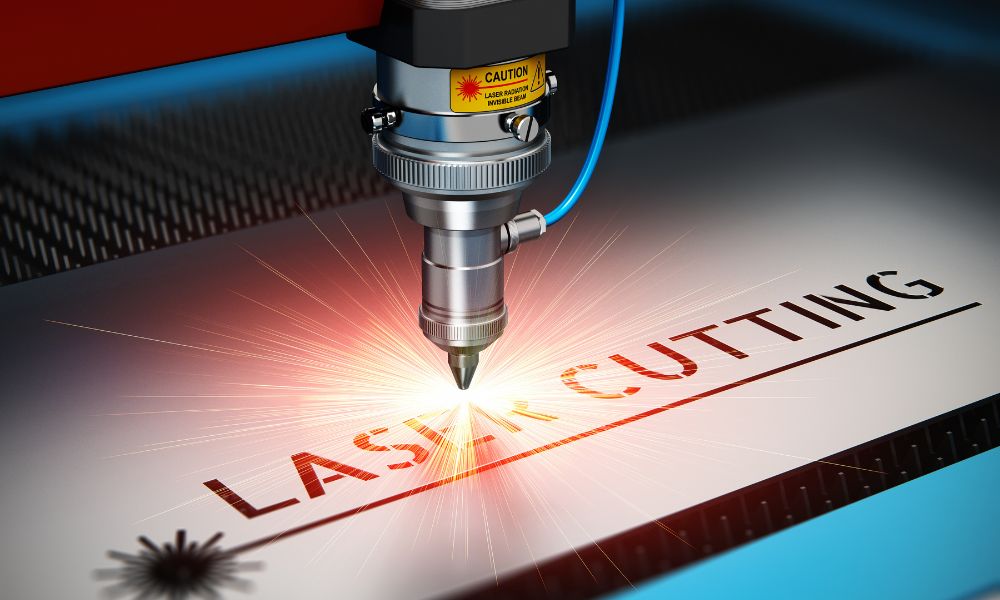What’s the Difference Between OEM and ODM Manufacturing?
You hear the acronyms all the time, but do you know what they mean? What's the difference between OEM and ODM manufacturing, anyway? They sound alike, but they aren’t the same. Understanding what these terms mean is significant in product development and production. What Do the Acronyms Stand For? An original equipment manufacturer (OEM) is a company that manufactures components or products that are then purchased and rebranded by another firm. An original design manufacturer (ODM), on the other hand, is [...]











